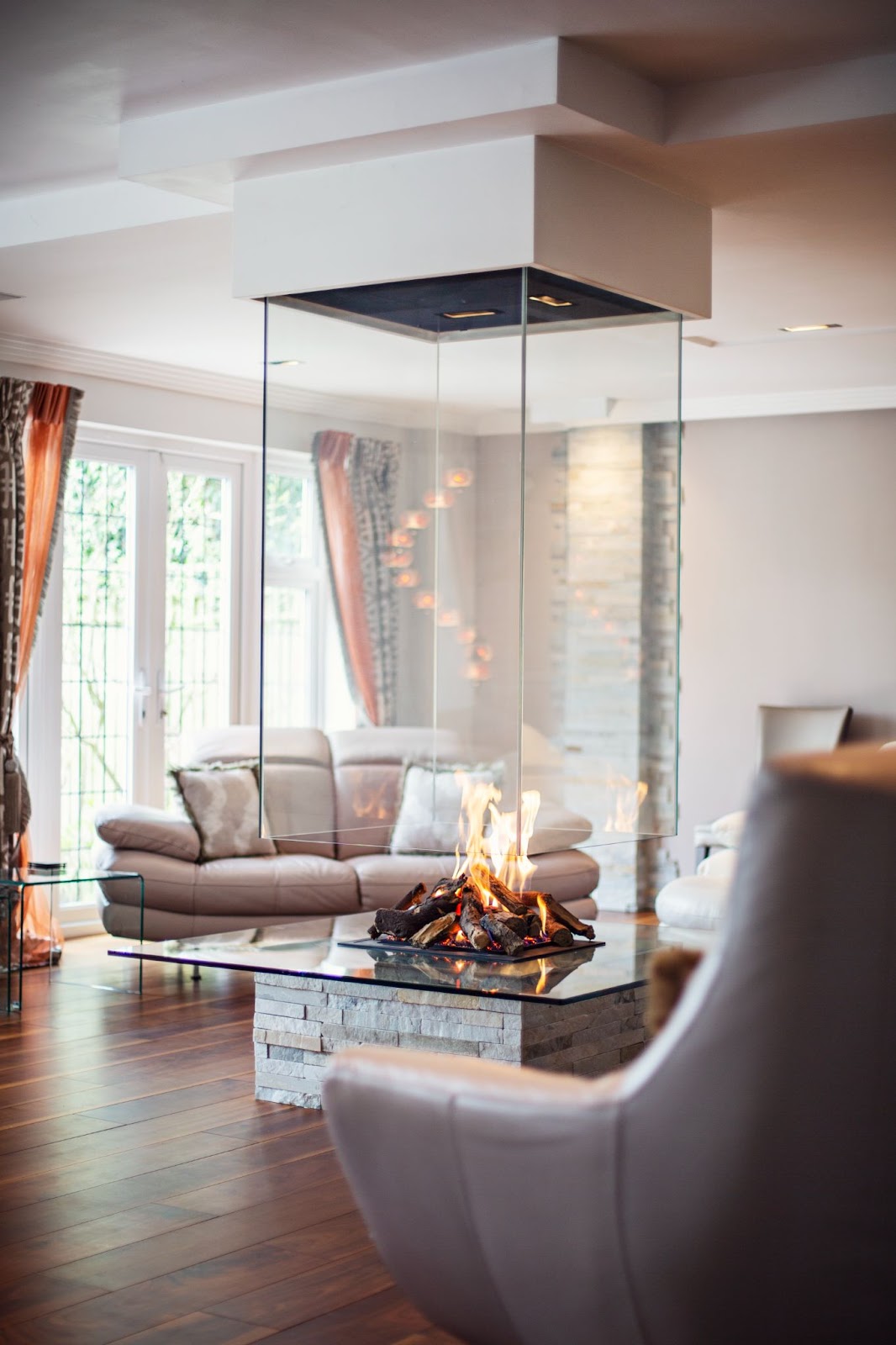With summer around the corner, it’s the perfect time to get your gas or bioethanol fireplace ready for the warm weather. From regular maintenance to safety tips, there’s a lot to consider when it comes to enjoying your gas or bioethanol fireplace during the summer months. Read on for useful advice and information on how to maintain and enjoy your gas or bioethanol fireplace during the summer season.
Arrange a Service
Having designer fireplaces serviced regularly keeps them in optimal working order and it also gives you peace of mind that they’re functioning safely. During the warmer weather, you may be using your fireplace less regularly, which means it’s the perfect time to arrange a service.
Be sure to choose an experienced engineer who is Gas Safe and/or HETAS registered, so you can be confident that they’re fully certified to service your fireplace.
Deep Clean Your Fireplace
No doubt you’re cleaning your fireplace regularly to ensure your artisan fireplace design remains a statement feature in your home. However, summer is the ideal season to deep clean a fireplace. While open fireplaces and wood-burning fires typically require more intensive cleaning, you can take steps to ensure that bioethanol fires and gas fireplaces are in pristine condition too.
Stainless steel cleaners can typically be used to keep stainless steel fuel boxes looking bright, for example, while glass cleaner is ideal for removing smears and smudges from the glass in your artisan fireplace design.
Remember to check the manufacturer’s instructions before cleaning your fireplace. If you’re unsure what products to use or how to keep your designer fireplaces in tip-top condition, our experienced team are always happy to provide advice and guidance.
Have Chimneys Swept
Modern gas fires and bioethanol fires don’t actually require a chimney, but many properties retain a chimney and hearth due to the aesthetic they offer. However, if you are using a chimney with a gas fireplace, the summer months can be a good time to arrange to have the chimney swept.
According to the Heating Equipment Testing and Approvals Scheme (HETAS), you should have your chimney swept at least once per year if you’re burning smokeless fuels and twice per year if you’re burning wood.
While a chimney sweep will remove soot and other blockages if you’re using traditional fuels, they will also clear general dirt and debris from the chimney. This ensures good functionality, but it also prevents a build-up of dirt from cascading down the chimney, into your fireplace, and subsequently into your home.
Maintain Clearance Zones
A ‘clearance zone’ is an area around your fireplace in which easily damaged or flammable materials should not be placed when the fire is lit. The clearance zone for each designer fireplace varies depending on its make and model but, if in doubt, extend your clearance zone to avoid unnecessary accidents.
If you aren’t using your gas fireplace or bioethanol fireplace traditional frequently during the summer, it can be easy to forget about clearance zones. If your designer fireplace is the focal point of a seating area, for example, you may get used to leaving easily damaged items close to the fire when it’s not in use.
Of course, this can lead to accidents when autumn swings around and your fireplace is in use again, which is why it’s best to maintain clearance zones all year round. Similarly, ensure young children and pets don’t get too close to unused fireplaces so that they remember to keep their distance when the fire is in regular use.
Check Batteries and Home Automation Settings
Modern designer batteries can typically be controlled via remote, which makes it easy to maintain a perfect fire when the fireplace is in use. During the summer, it’s a good time to check the functionality of the remote batteries and replace them, if needed.
Similarly, you can check, modify, or upgrade your home automation settings if your fireplace is integrated into a smart management system. This gives you the opportunity to adjust your automation settings to reflect your needs as the seasons change. You may have your fireplace set to come on automatically during winter or spring, for example, but, as the outdoor temperature rises, you may want to update your automation protocols so that the fireplace only comes on during cooler periods.
Test Carbon Monoxide Alarms
Although bioethanol fires don’t give off carbon monoxide, gas fireplaces can. If you have any gas appliances in your home, it’s advisable to have carbon monoxide alarms situated appropriately so that you’re alerted to any leaks or rising levels.
Regular testing is essential, as it’s vital that your carbon monoxide alarms remain in fully functional condition. While it’s easy to overlook testing, making it part of your general home maintenance routine will ensure that you check the functionality of the carbon monoxide and smoke alarms on a regular basis.
Adjust the Flame Intensity
You may not need a roaring fire during the summer but that doesn’t mean you can’t enjoy your designer fireplace while the sun is shining. After all, UK summers tend to be short-lived (and not always super-hot!). Due to this, you might use your fireplace more often than you imagine, even on summer days.
By adjusting the flame intensity, you can reduce the amount of heat that your artisan fireplace design delivers, making it more suitable for use throughout the summer. From staying cosy on cool summer evenings to adding a little warmth to your property when the main heating system is switched off, designer gas and bioethanol fireplaces can certainly be an integral part of your homelife during the summer.
Keeping Your Fireplace in Optimal Condition
Modern fireplaces have in-built safety features and are designed to be as low maintenance as possible, which means there isn’t much you have to do to keep your fire in optimal condition! However, knowing how to operate your fireplace safely and understanding when and why to have it serviced is always important.
If in doubt, contact our experienced team and find out how to operate your designer fireplace safely now.



